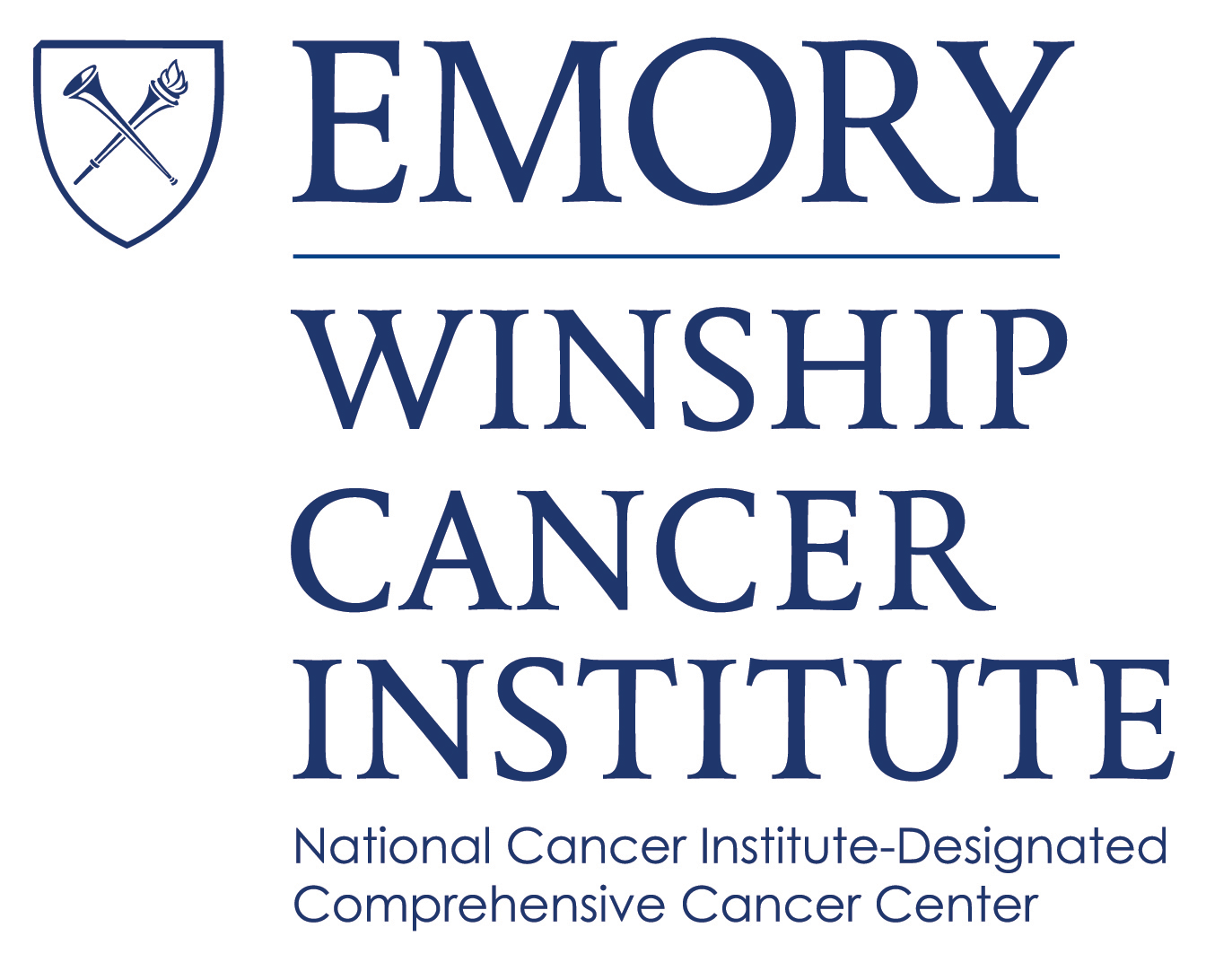- Advertise
- About OncLive
- Editorial Board
- MJH Life Sciences brands
- Contact Us
- Privacy
- Terms & Conditions
- Do Not Sell My Information
2 Clarke Drive
Suite 100
Cranbury, NJ 08512
© 2025 MJH Life Sciences™ and OncLive - Clinical Oncology News, Cancer Expert Insights. All rights reserved.
Immunotherapy Transforms Frontline Stage IV Squamous NSCLC Treatment
Jennifer W. Carlisle, MD, highlights the research surrounding immunotherapy in frontline lung cancer treatment.
Jennifer W. Carlisle, MD
The combination of immunotherapy and chemotherapy has moved to the frontline setting for patients with stage IV squamous non—small cell lung cancer (NSCLC), supported by findings of pivotal studies, such as KEYNOTE-407, explained Jennifer W. Carlisle, MD.
In the phase III KEYNOTE-407 trial, 559 treatment-naïve patients with metastatic squamous NSCLC received carboplatin and paclitaxel or nab-paclitaxel (Abraxane) plus pembrolizumab or placebo, followed by single-agent pembrolizumab or placebo. Results showed that the median overall survival (OS) with the pembrolizumab/chemotherapy regimen was 15.9 months compared with 11.3 months in the placebo/chemotherapy arm (HR, 0.64; 95% CI, 0.49-0.85; P = .0017).1
The median progression-free survival was 6.4 months versus 4.8 months in the pembrolizumab/chemotherapy and placebo/chemotherapy arms, respectively. Based on these data, the FDA approved the pembrolizumab regimen in October 2018 for the frontline treatment of patients with metastatic squamous NSCLC.
Furthermore, data from the phase III IMpower131 trial demonstrated that the addition of atezolizumab (Tecentriq) to frontline carboplatin/nab-paclitaxel delayed the risk of progression or death by 29% (HR, 0.71; 95% CI, 0.60-0.85; P = .0001) compared with chemotherapy alone in patients with advanced squamous NSCLC.2 However, at the time of the first interim analysis, data did not show a statistically significant benefit in OS with the addition of atezolizumab to chemotherapy.
In an interview during the 2019 OncLive® State of the Science Summit™ on Non—Small Cell Lung Cancer, Carlisle, assistant professor, Department of Hematology and Medical Oncology, Winship Cancer Institute at Emory University School of Medicine, highlighted the research surrounding immunotherapy in frontline lung cancer treatment.
OncLive: Could you discuss the transition of immunotherapy in stage IV squamous NSCLC to the frontline setting?
Carlisle: It's important to remember that just a few years ago, the only treatment we had in the frontline setting was platinum-based doublet chemotherapy with no maintenance options. Getting immunotherapy from the second-line setting to the first-line setting has made a major difference for our patients, especially with the chemoimmunotherapy combinations.
How has the frontline standard of care evolved for this patient population?
Based on the KEYNOTE-407 trial, my frontline therapy options are largely pembrolizumab/chemotherapy-based. PD-L1 testing is critical for these patients because it distinguishes whether single-agent pembrolizumab will work for patients with PD-L1 expression >50% or if we need to add chemotherapy to help increase response rates.
KEYNOTE-407 had remarkable response rates with the pembrolizumab/chemotherapy arm at nearly 60% compared with 38% in the placebo arm. An improvement in median OS from 11.3 months [with placebo] to 15.9 months [with pembrolizumab/chemotherapy] is a big stretch in the metastatic setting. That is the option I choose for patients with PD-L1 expression from 1% to 49% and PD-L1 <1%. It's a clinical decision based on tumor volume and other factors in the high PD-L1 group.
Could you expand on the data from the phase III IMpower131 trial?
IMpower131 was interesting because it had a similar patient population [to KEYNOTE-407] but a slightly different thread of PD-L1 expressers. This had a lot to do with why it didn't show the same overall survival benefits that we saw in KEYNOTE-407. There's something different about the patients who were selected in each of these trials.
Additionally, the spread of PD-L1 expression was different so more patients in IMpower131 had no PD-L1 expression and fewer had high PD-L1 expression. The trial itself doesn't impact clinical decision making at this time; rather, it raises a lot of questions about the things we don't know.
What ongoing trials are being done that could have practice-changing impact?
IMpower110 has recently finished accruing and may report out soon. That's looking at frontline atezolizumab versus chemotherapy in patients with PD-L1 expression ≥1%. That may be a challenge to pembrolizumab in the frontline setting in patients with PD-L1 expression ≥1%.
I am most interested in filling out the second-line therapy space and following the outcomes of the multiple substudies and the Lung-MAP [Master Protocol for Lung Cancer] protocol. Finding targets used in squamous cell carcinoma is really important because they exist. We just need to find the right combination.
Lung-MAP is an umbrella protocol design that started back in 2014. A number of institutions, regulatory bodies, and pharmaceutical companies came together [to create] an overarching protocol to help look for rare molecular subtypes and find the right trial for the right patient. That can't be done at single institutions or even in small groups.
A number of studies have already started on the National Cancer Institute-MATCH trial where patients get into a trial based on a specific target they may have. There's also a non-MATCH [cohort], so patients who do not have potential drivers can still get on high-quality studies to look at other immunotherapy or chemoimmunotherapy options.
References
- Paz-Ares LG, Luft A, Tafreshi A, et al. Phase 3 study of carboplatin-paclitaxel/nab-paclitaxel (chemo) with or without pembrolizumab (pembro) for patients (pts) with metastatic squamous (sq) non-small cell lung cancer (NSCLC). J Clin Oncol. 2018;36 (suppl 15; abstr 105). doi: 10.1200/JCO.2018.36.15_suppl.105.
- Socinski MA, Rittmeyer A, Shapovalov D, et al. IMpower131: progression-free survival (PFS) and overall survival (OS) analysis of a randomised phase III study of atezolizumab + carboplatin + paclitaxel or nab-paclitaxel vs carboplatin + nab-paclitaxel in 1L advanced squamous NSCLC. Ann Oncol. 2018;29(suppl 8, abstr LBA65). doi: 10.1093/annonc/mdy424.077.
Related Content:





